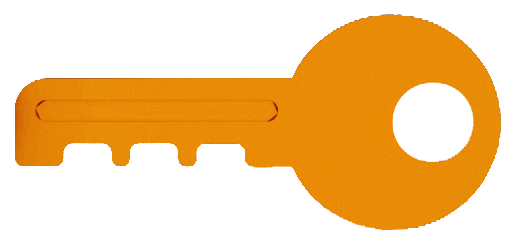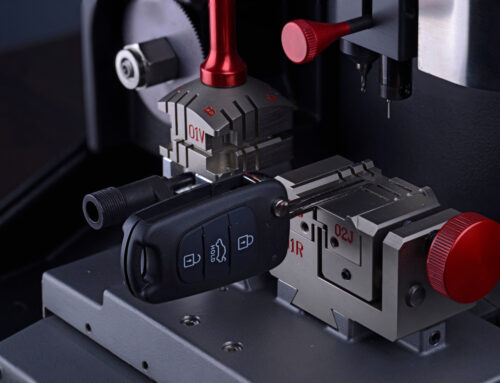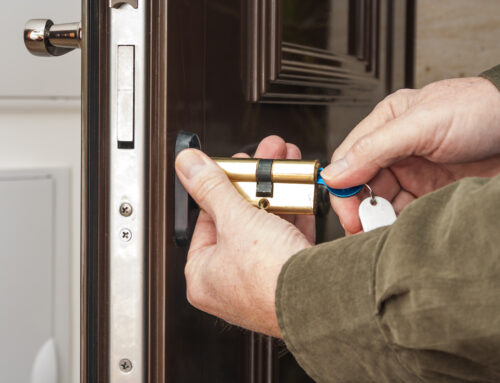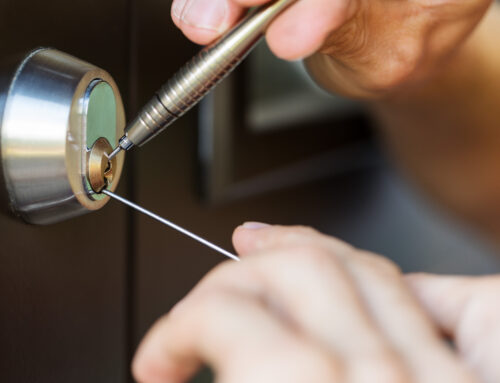Just what is a safe? If you take the dictionary definition in its simplest form, it is a box with a lock on it. Its purpose is to limit access to whatever is stored inside to those who have the means to open the lock. A book could be (and may have been) written about the types and brands of safes and the various locks that keep the wrong people out. But to keep it simple, we will limit the scope of this article to the most common safes in use today.
Residential Fire Safes Offer Little Beyond Fire Resistance.
Most of the low-end, Big Box store type safes are designed to be fire resistant. The protection offered by safes such as Brinks, Sentry, and a plethora of Korean made safes with various names is adequate fire protection. But fire protection (or resistance) is all you can expect from the low-end safes. Most do not take any imagination to force open the door, no matter what kind of lock they have. It should be a crime to advertise low-end fire safes as a means of protecting cash and valuables.
Gun Safes Offer A Little More Security.
Gun safes are generally a small step up in security from residential fire safes. The better gun safes, such as those made by AMSEC and other long established companies, offer good storage protection for weapons. The better safes also offer some fire resistance, but not a lot. Most gun safes still do not provide adequate protection for storing high value items and large amounts of cash.
Money Safes Provide Both Fire and Burglar Resistance.
Money safes or money chests come in many shapes and sizes, but there is a standard rating system (Baby Bear, Mama Bear, Papa Bear) that will guide you to the type of burglar protection you need. Typically they are designed not just to resist against standard burglar attacks, but also against a knowledgeable person with access to professional tools. Many have composite barrier materials that allow for fire protection as well as burglary protection. Expect to pay in the thousands for this kind of security.
Older Safes May Not Be as Protective as You Think.
Older safes (pre-WWII) that were used for fire protection did not contain modern-type fire protection materials – often just concrete and possibly asbestos. Over time, older safes turn from fire protectors to “kilns” that have a tendency to cook the contents, rather than protect them. So, older safes should be avoided unless you can fit a modern fire resistant box inside them to combine both fire and burglar resistance.
You Get What You Pay For.
In summary, you get the protection you pay for in buying safes. Residential fire safes are good for fire protection, but if you want to store cash, gold, silver, or other valuables, go with the big rating and the peace of mind that solid engineering brings to the table.






